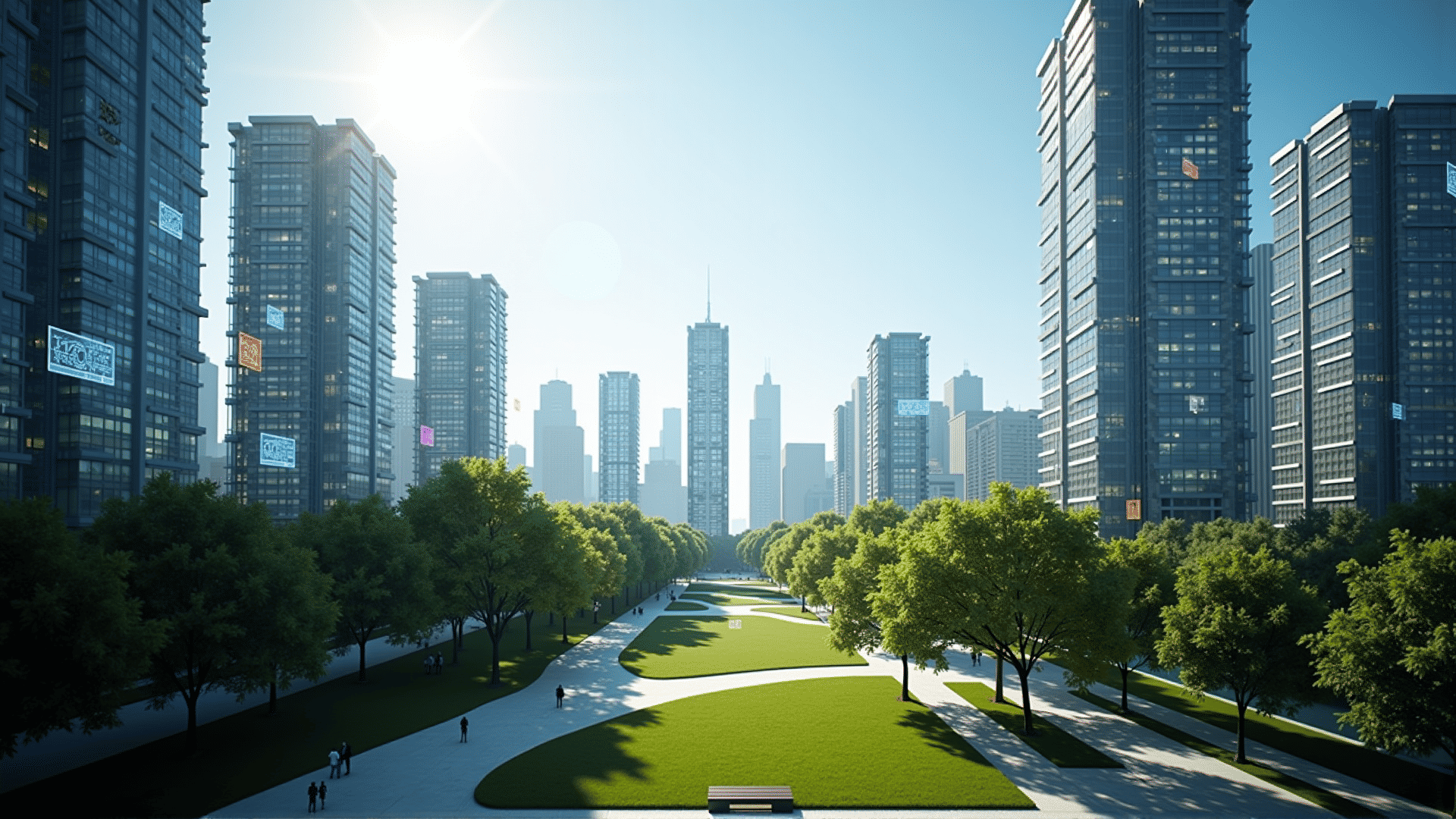In recent years, technology has emerged as a pivotal force in redefining urban planning and architecture. As cities around the globe confront challenges such as rapid urbanization, resource constraints, and climate change, innovative tech solutions provide powerful tools to address these pressing issues. From smart city solutions to digital twin models, the intersection of technology and design is crafting a new paradigm for urban development.
One of the most striking advancements in urban planning is the concept of the "smart city." Utilizing an array of sensors and Internet of Things (IoT) devices, smart cities collect and analyze vast amounts of data to manage assets and resources efficiently. This real-time information enables cities to optimize energy use, enhance public transportation systems, and improve waste management, thereby creating sustainable and livable environments for residents.
For instance, Barcelona has implemented various smart city technologies to address traffic congestion and energy consumption. Through a network of connected streetlights and public transport systems, the city has reduced its energy usage while improving traffic flow and reducing air pollution. Similarly, Singapore's smart initiatives include real-time water management systems and urban mobility solutions that keep the city functioning efficiently despite its dense population.
Moreover, digital twin models represent another groundbreaking technological advancement shaping urban planning. A digital twin is a virtual replica of a physical entity, providing planners and architects with a dynamic tool to simulate, analyze, and optimize urban scenarios. By creating digital twins of cities, urban planners can test the impact of new developments, disaster response strategies, and infrastructure changes without the need for costly real-world experiments.
In addition, these models support better decision-making processes by visualizing data in accessible formats. For example, urban planners can simulate pedestrian movement patterns to design safer, more engaging public spaces. The predictive capabilities of digital twins also aid in disaster preparedness, allowing cities to assess potential risks and implement robust strategies to mitigate them.
Furthermore, the integration of Artificial Intelligence (AI) in urban planning is streamlining design processes and enhancing project outcomes. AI algorithms can analyze historical data to forecast future trends and demands, aiding architects in designing adaptable buildings that are resilient to change. By optimizing spatial layouts and material use, AI helps reduce construction waste and carbon footprints, which is crucial in the fight against climate change.
Technological advancements also promote citizen engagement in urban planning. Digital platforms, including mobile apps and online forums, facilitate greater public participation by allowing citizens to contribute their insights and preferences. This community-driven approach ensures that urban developments reflect the needs and desires of the people they serve, fostering a stronger sense of ownership and connection to the urban environment.
While the impact of technology on urban planning is profound, it also demands careful consideration of data privacy and cybersecurity. Protecting citizen data and ensuring the resilience of digital infrastructure against cyber threats are critical to maintaining trust and safeguarding urban functionalities.
In conclusion, technology continues to reshape urban planning and architecture, driving efficiency, sustainability, and innovation. By leveraging smart city solutions, digital twin models, and AI, urban planners and architects are equipped to create adaptive environments that meet the evolving needs of modern society. As cities become more interconnected and data-driven, the role of technology in urban development will only grow, heralding a new era of dynamic and sustainable urban living.
